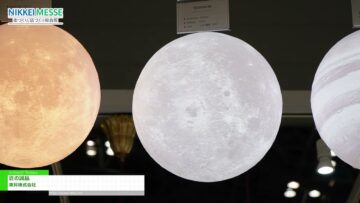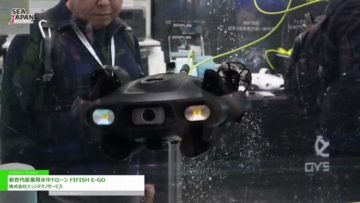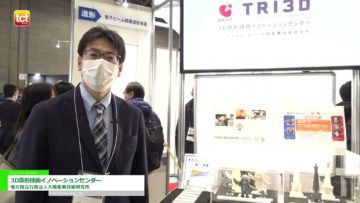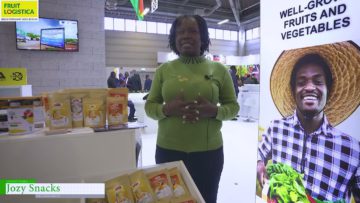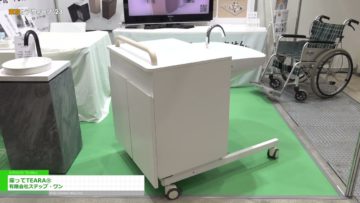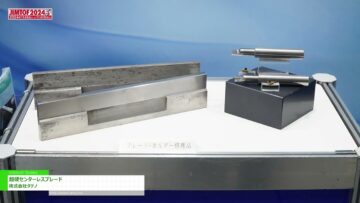Videometer A / S is exhibited Food Imaging at Anuga FoodTec 2022.
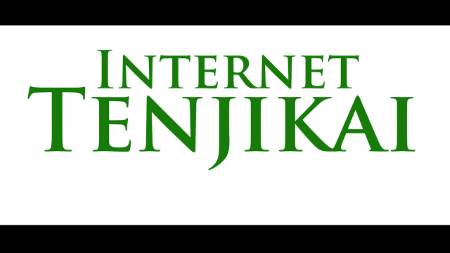
Welcome to video meter. We are a company based in copenhagen denmark.
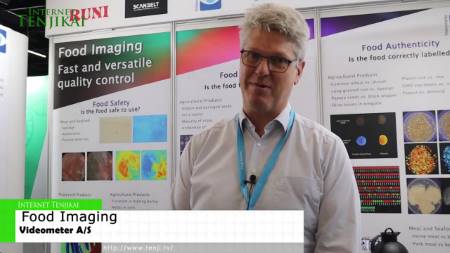
We do spectral imaging for food quality analysis.
We have some very nice standard instruments that can be used for assessing a very broad scope of food quality.
We have some very nice standard instruments that can be used for assessing a very broad scope of food quality.

You see the instrument over here that strobes a lot of light
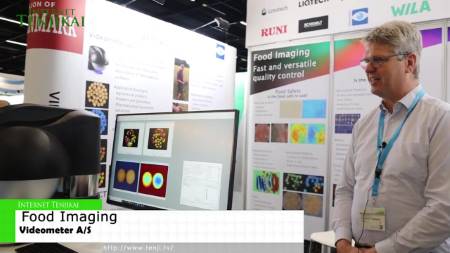
So in this instrument, we will take a number of images,
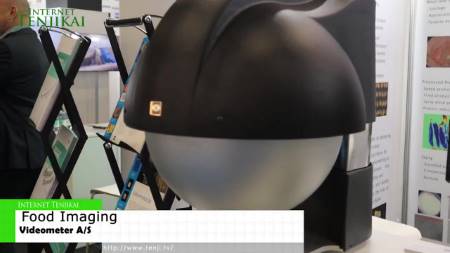
up to maybe 20 or 50 images instead of just taking one image.
It will take it very many different wavelengths of light.
It will take it very many different wavelengths of light.
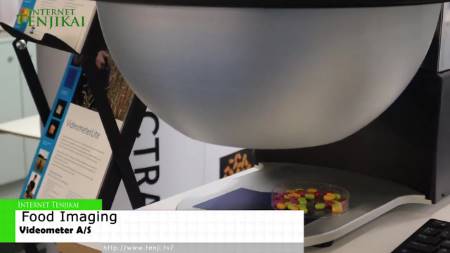
And it will be able to create a very versatile set of parameters based on spectrum color shape size texture.
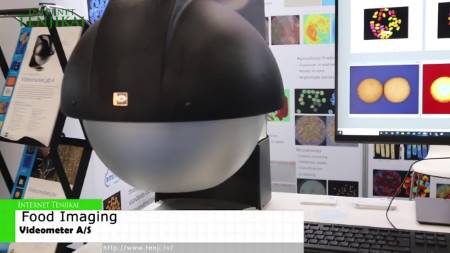
Specific features like contaminants, bruises, molds, foreign elements, insect damage, and so on.
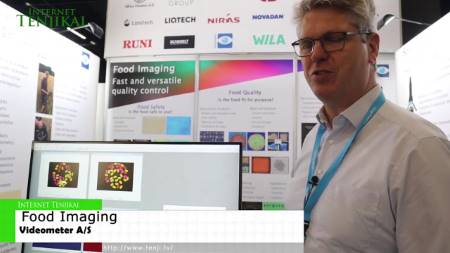
Here we have a number of examples for food safety.
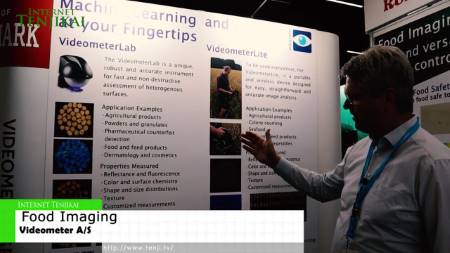
We make a european network of methodology and IT infrastructure about food safety across the globe.
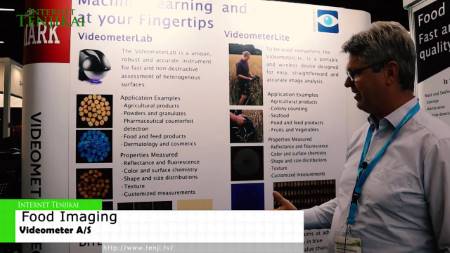
And we have some examples here with nuts and sort of the bad quality mycotoxins,
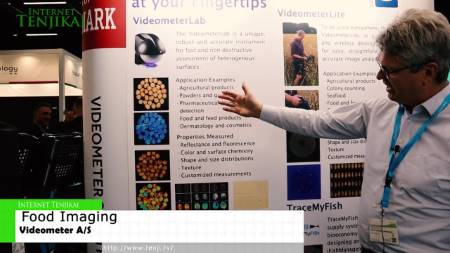
and below here we have an example with corn, in this case it’s a negative sample with no aflatoxin.
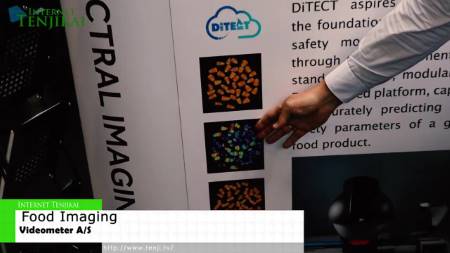
A positive sample with alpha toxin and just by looking at the corn we can see sort of the microtoxin abundance of the grain.
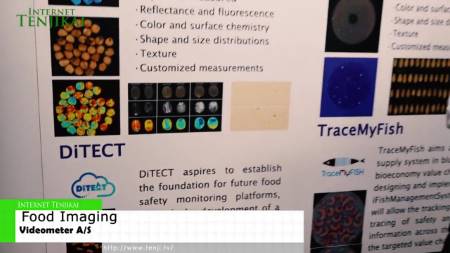
Another nice feature here we have for monitoring fish quality over the entire supply chain.
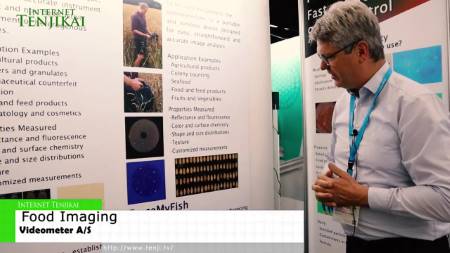
This is called trace my fish project.
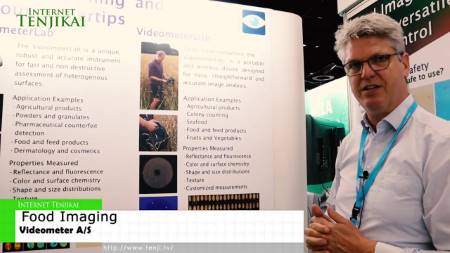
We monitor a number of quality traits, it could be a color change over the the shelf life or the supply chain.

It could be microbial quality, it could be other things like a discoloration of shrimps.
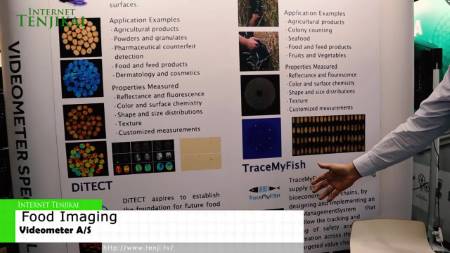
Trace My Fish is also a european project that actually runs from this year.
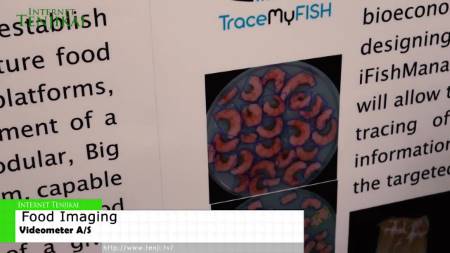
A couple of years more, on this wall we have a number of other examples a very large number of examples.

And they are sort of around the same thing, so detection of parasites anisakis in atlantic cot if this is a oxidation of meat when you look at it inside the packaging.
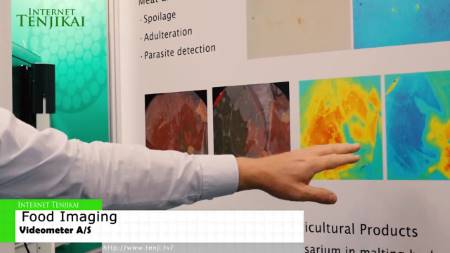
This is frying of french fries peas and poisonous nightshade seeds inside the piece.
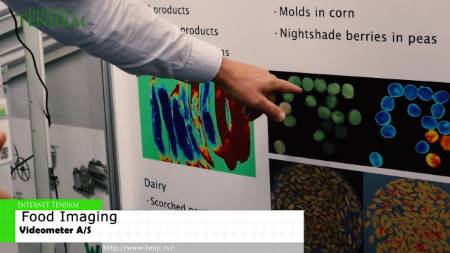
Molds in a grain for malting for beer so this is fusarium test.
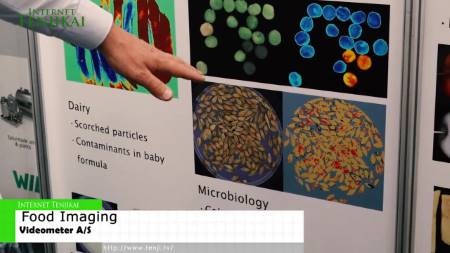
Powder purity, powder contamination, colony counting, fermentation of sausages, purity of seeds.
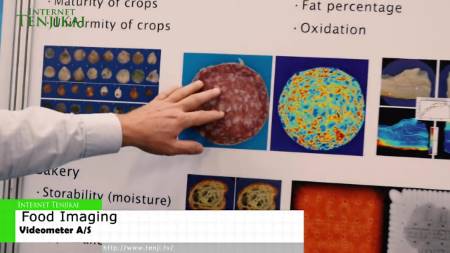
Baking of croissan’s, moisture in biscuits, discoloration again of fish, bruises on fruits.
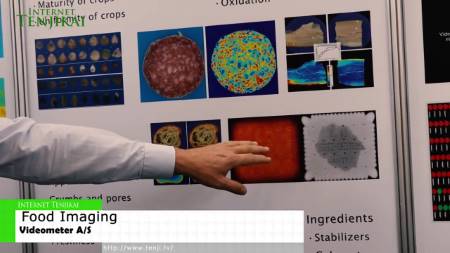
We have an example of potatoes that has some diseases that we don’t want.
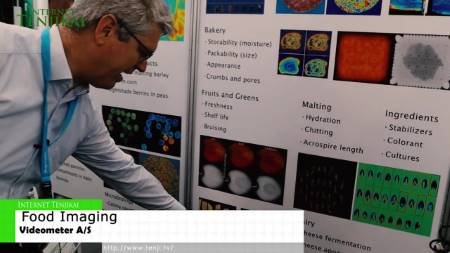
Down here it’s cranberries, firmness, and non-firmness of cranberries.
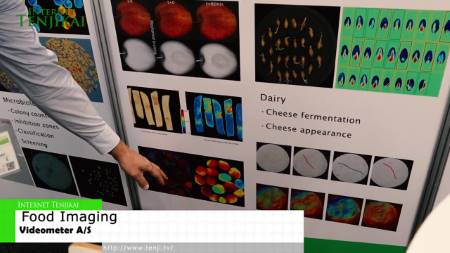
The greenish ones are not thus are soft and the other ones are firm.
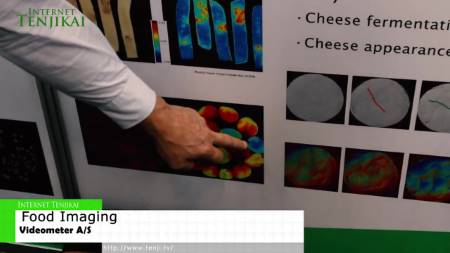
This can also be assessed with this kind of instrumentation.
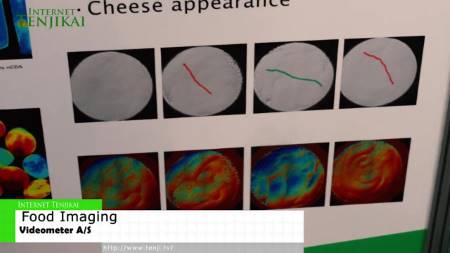
We have over here also adulteration of wheat or durum wheat here.
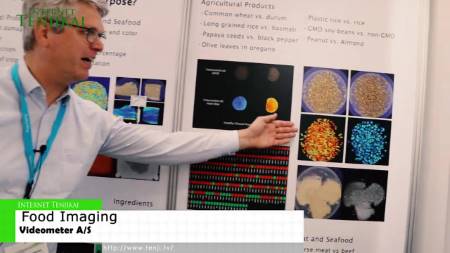
We have a normal wheat and for the eye it’s different difficult to see the difference.
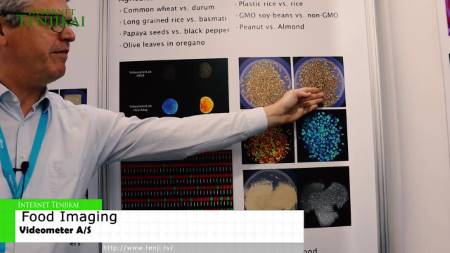
But when we have the spectrum we can see a very clear difference.
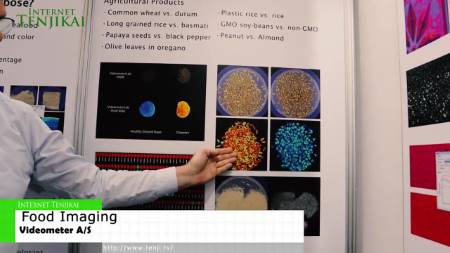
Maybe with 100 times, more contrast. This is about detection of root powders.
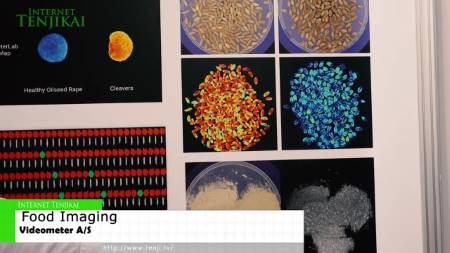
In this case we have two root powders and one root powder contains a lot of plant materials.
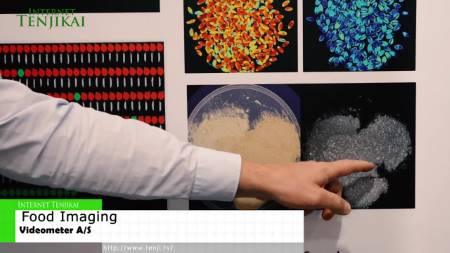
You see the white spikes here they are pieces of stem and leaf,

which are not supposed to be in the root powder and the other powder over here has less.
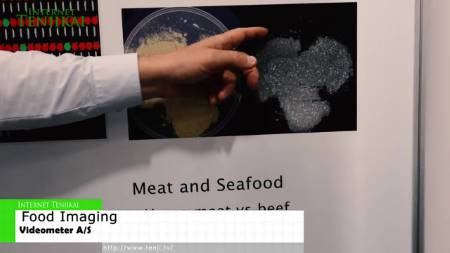
Some stems and leaves included this is a rice basmati rice versus long-drained rice again.
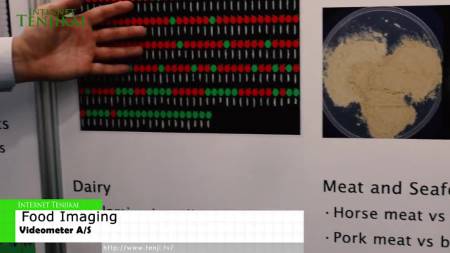
We can determine whether a shipment of rice has been adulterated with a long grain rise to the humbles.
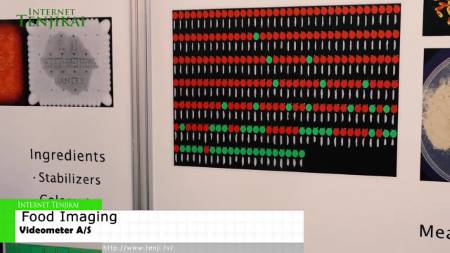
There will be plenty of more examples but I guess that’s enough for a couple of minutes.






